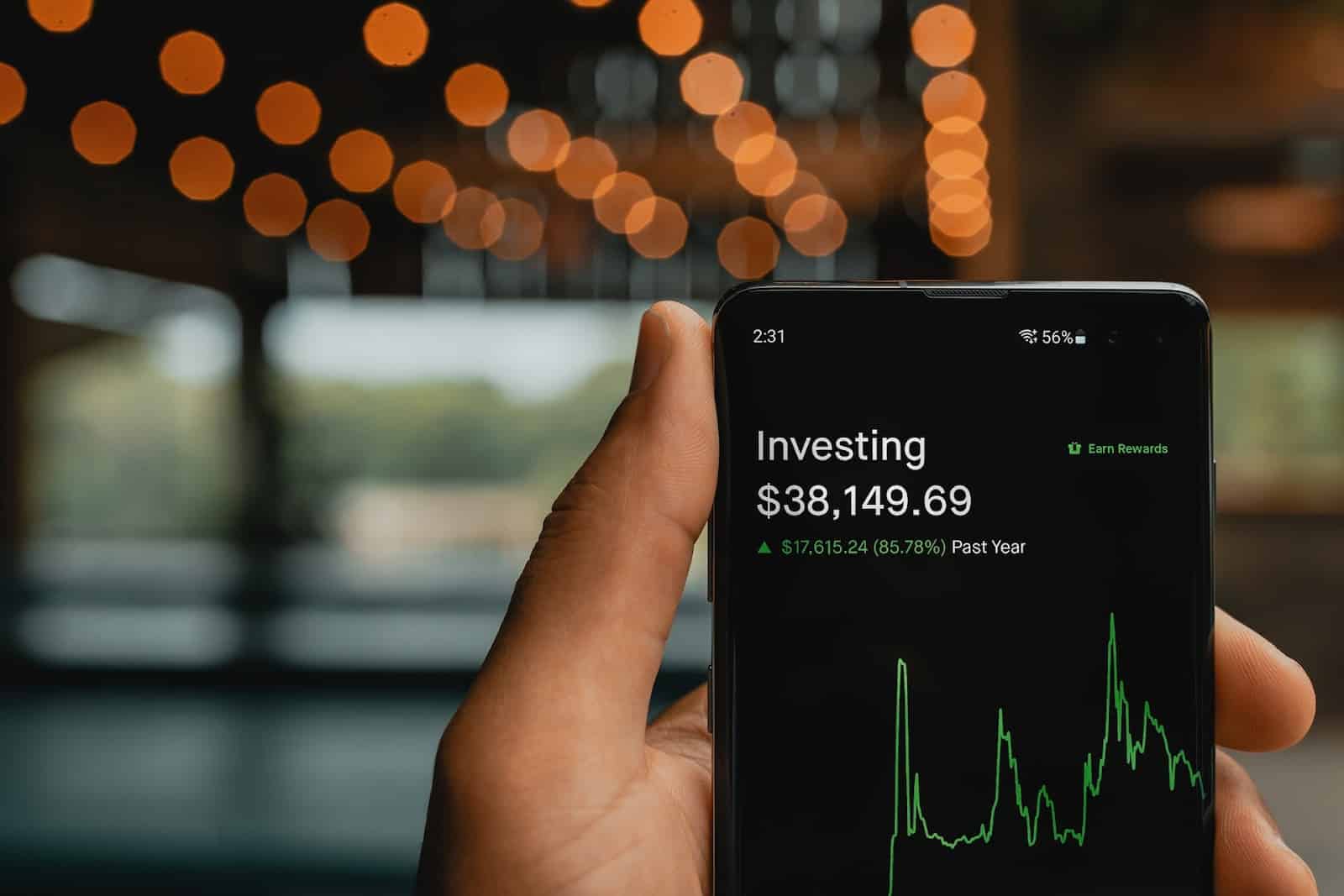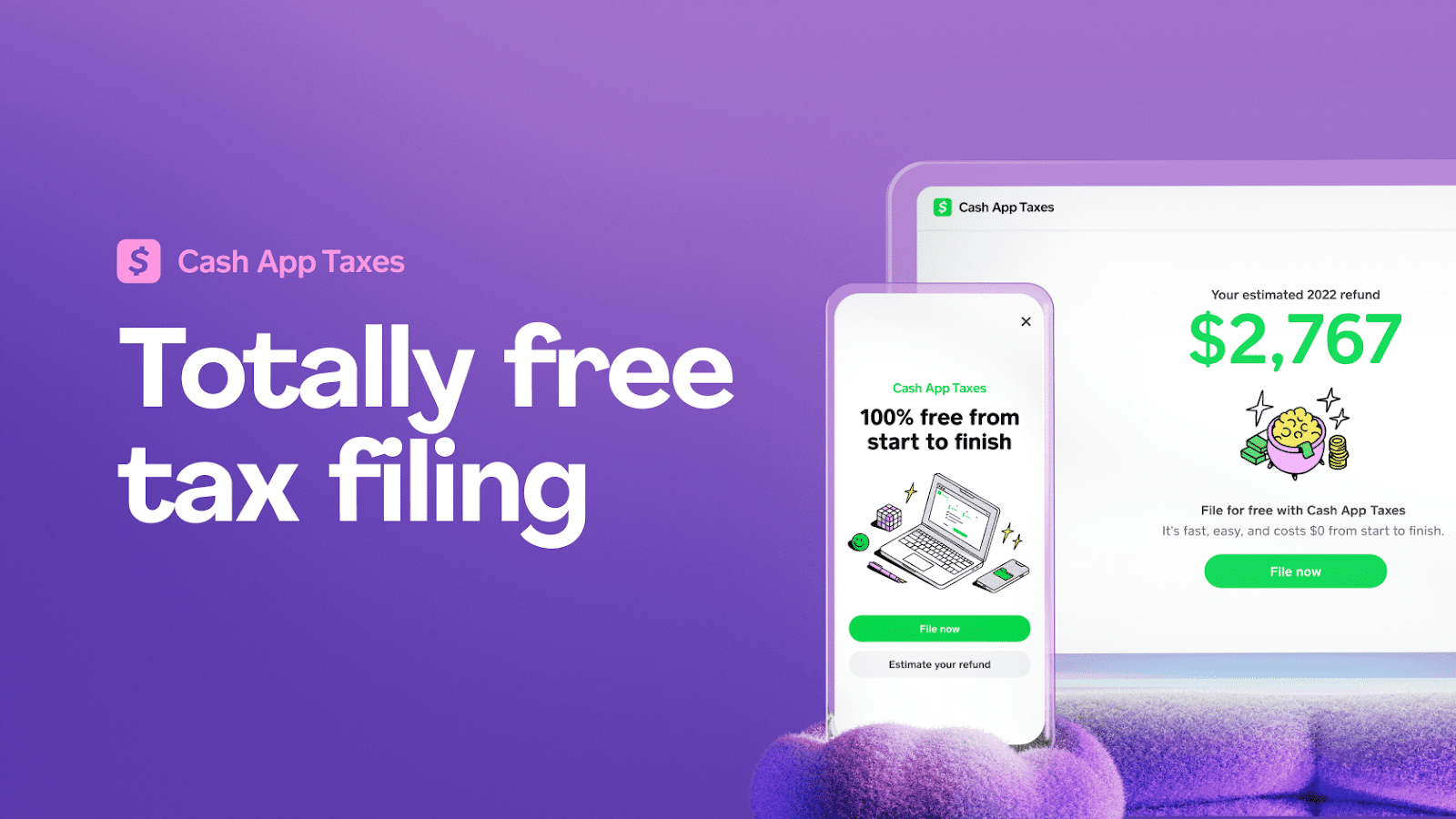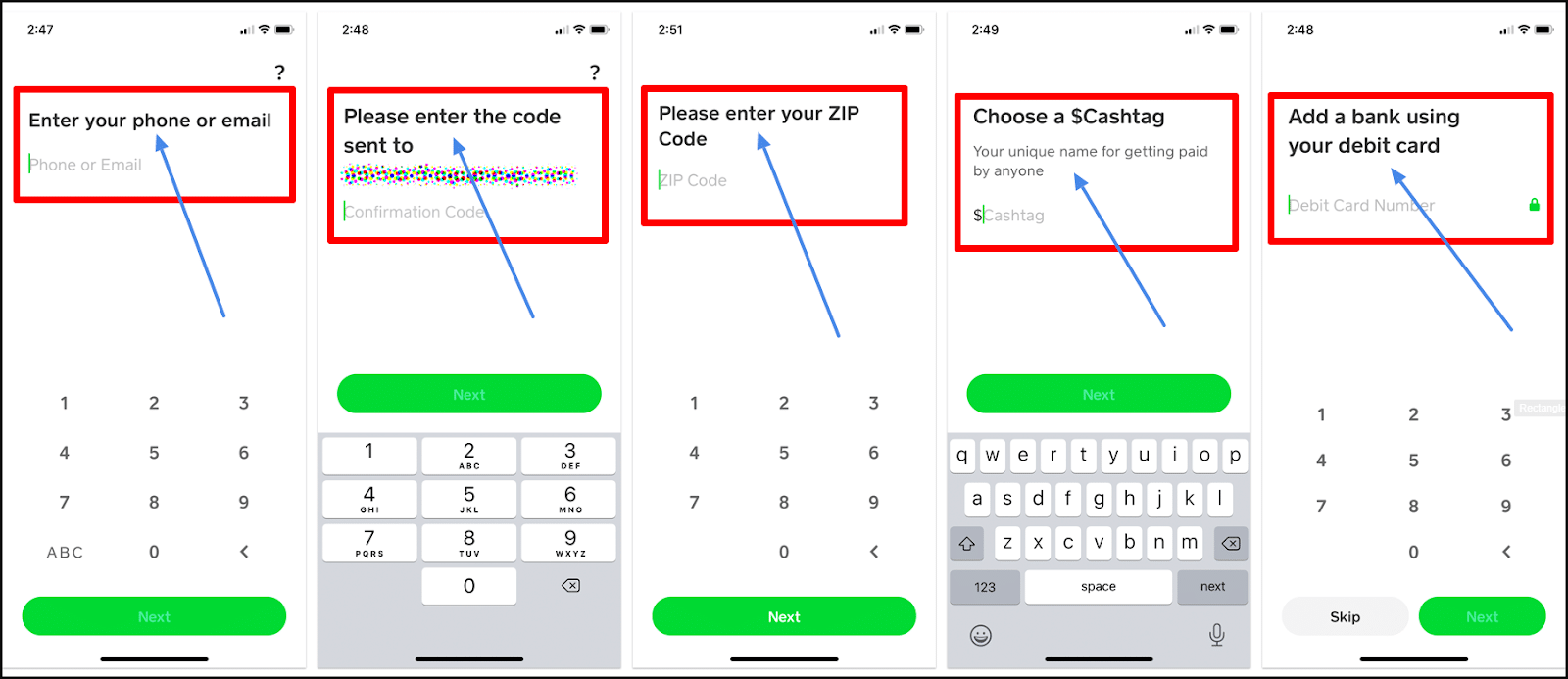What is Cash App? Cash App is a peer-to-peer mobile payment app that allows users to transfer money to others, pay bills, and purchase goods and services. Once you verify your ID in Cash App, it also allows you to invest in stocks and Bitcoin, provided you're over 18. To use Cash App, users must create an account and link it to their bank account or debit card. The app makes money by charging transaction fees for certain services, such as instant deposits or buying and selling Bitcoin. It also offers a Cash App card, which you can use to make purchases or withdraw cash from ATMs. Overall, Cash App is a convenient and easy-to-use tool for managing money online and on the go.
How To Get Your Cash App Bonus (The Easy Way)
- Download Cash App and enter the Cash App promo code 737GWQC.
- Have a friend also download the app using the same code.
- Link your bank account or debit card and deposit at least $5.
- Send $5 to your friend, and then have them send it back. You'll both receive the signup bonus immediately.
As more and more people embrace the convenience of cashless transactions, advancements in the fintech sector have made it simpler to send and receive payments from their phones. If you're interested in mobile payments and investing, you may have already heard about Cash App. It's a money-transfer service with some distinct features compared to other options, such as stock investing, special savings with “cash boosts,” and buying and selling Bitcoin.
If you want to learn more about Cash App, what it is, and how it works, you came to the right place. Cash App is an excellent option because it's free to download, and its core functions, such as peer-to-peer payments and money transfers to bank accounts, are also free.
What Is Cash App?
Cash App is a peer-to-peer payment app released in 2013 that allows people to send, receive, and invest money without going through a bank or wire provider. Block, Inc., formerly Square, Inc., launched the app, which was initially named Square Cash, to compete with mobile payment apps like Venmo and PayPal.
Although Cash App has many features of a bank, it's not a bank. It's a financial platform that partners with banks to offer banking services and debit cards. For example, the Federal Deposit Insurance Corporation (FDIC) insures your Cash App account balance through partner banks. On top of that, Cash App Investing LLC is a Securities and Exchange Commission (SEC) registered broker/dealer and a Financial Industry Regulation Authority (FINRA) member providing investing services.

People can use Cash App to transfer and receive money, apply for a debit card, and set up direct paycheck deposits. The app also offers a referral program so people can make some extra cash on the side.
The investing feature enables you to buy fractional shares for as little as $1. You can also use the app to buy, sell, or transfer Bitcoin (but no other cryptocurrency).
Besides that, users can file their taxes for free using the Cash App Taxes tax-filling feature (Cash App Tax, formally Credit Karma Tax).

How Does Cash App Work?
Cash App works by allowing users to send and receive money through their mobile devices. To use Cash App, you must first download the app and create an account, which is available on the App Store and the Google Play Store for iOS and Android devices, respectively. The app includes multiple tabs for its various services, such as banking, debit card, payments, investing, and Bitcoin.
You can also open an account online from the Cash App website. Then, you can link your Cash App account to an existing bank account for deposits or withdrawals. Cash App may request you to verify your identity using your Social Security Number (SSN) to access some of the features. Once your account is set up, you can use Cash App to send money to friends and family, receive money from them, and take payments from clients and customers.
How To Send And Receive Money With Cash App
Cash App is straightforward to use, particularly if you've used similar apps like PayPal before. To send money using Cash App, you simply:
- Enter the amount you want to send.
- Select the recipient from your contact list or enter their $Cashtag (a unique username that Cash App users can create).
- Confirm the transaction.
The money is then instantly transferred from your Cash App balance or linked bank account to the recipient’s Cash App balance.
To receive money using Cash App, someone must send it to you using your phone number, email address, or $Cashtag using the same process described above. The money is then instantly added to your Cash App balance. You can keep the money in your Cash App balance for future transactions or transfer it to your linked bank account.
Breakdown Of How Cash App's Business Model
Cash App's business model is simple. The company doesn't charge for its core features like sending and receiving money, but it does charge a fee for other services. Here are some fees to be aware of if you plan to send money using Cash App:
- Fees for Instant Transactions: Cash App provides two options for withdrawing funds into your bank account. You can either wait for 1 to 3 business days or immediately transfer it to your debit card or bank account. If you choose the instant deposit, you pay 0.5 -1.75% of the total amount you're transferring. If you wait, it's free.
- Cash Card Fee: The Cash Card is a Visa debit card launched by Cash App back in 2017 and is directly linked to your account. You can use it to pay in-store and even to withdraw cash from ATMs. Cash App charges $2 per transaction for each ATM withdrawal and in addition, there may be additional service fees charged by the ATM operator. Cash App profits each time you withdraw cash from an ATM.
- Fees for Business Transactions: Cash App also works closely with businesses. If you own a business and accept Cash Apps as payment, Cash App charges 2.75% per transaction. This fee is for the merchant, not the customer.
- Bitcoin Fees: Cash App allows you to buy and sell Bitcoin from within the app and also charges a fee for Bitcoin transactions. The costs depend on bitcoin price fluctuations, as the value of bitcoin is volatile. This fee could range between 1.5% and 3% of the total transaction.
How To Create A Cash App Account

Here are the steps to create a Cash App Account:
- Install the Cash App app on your mobile device.
- To use the Cash App, tap on it after installing.
- Input your phone number or email address to receive the authentication code.
- Cash App will text or email you a secret code and prompt you to enter it. Once you do, your new account will be created.
- Enter your debit card information to link a bank account to your new Cash App.
- Choose a $Cashtag (a unique username for sending and receiving money).
- Specify your zip code.
- Begin using Cash App!
How To Get Your Money Off The Cash App
You can get your money out of your Cash App account by depositing it into your bank account or debit card. Here is how to cash out funds to your bank account:
- On the Cash App home screen, tap the “Money” tab.
- Press the “Cash Out” button.
- Select an amount and click “Cash Out.”
- Choose a deposit speed.
- Use your PIN or Touch ID to confirm.
What Is A Cash App Card, And How Do I Use it?
When you open a Cash App account, you can apply for a VISA debit card known as the “Cash Card.” You can apply for the card in the “Cash Card” tab, and Cash App will mail it to your current address. A nice feature of the Cash Card is that you can customize it however you like. You can add color, an emoji, or your signature, for example.
Once you apply for your card, you'll immediately receive a virtual card you can use to make online purchases with your Cash App balance right away. It takes approximately 10 days to get your physical card.
You can use your Cash Card to pay for goods and services online and in-store from your Cash App balance. Besides that, you can use it to withdraw money at ATMs, paying a $2 fee per ATM transaction on top of the regular ATM service fee.
Here is how to get your Cash Card:
- On the Cash App home screen, tap the “Cash Card” tab.
- Tap “Get a Cash Card”
- Tap “Continue” and follow the on-screen instructions.
In Summary
Cash App is a versatile and user-friendly mobile payment app that allows for quick and easy money transfers, bill payments, and purchases. With the option to link your bank account or debit card and the ability to access additional services for a fee, it's a handy tool for managing your finances on the go. The Cash App card is a bonus, providing users with the flexibility to use it as a debit card to make purchases or withdraw cash. So, whether you're looking to split a bill with friends, pay for goods and services, or simply transfer money, Cash App has you covered.
How To Get Your Cash App Bonus (The Easy Way)
- Download Cash App and enter the Cash App promo code 737GWQC.
- Have a friend also download the app using the same code.
- Link your bank account or debit card and deposit at least $5.
- Send $5 to your friend, and then have them send it back. You'll both receive the signup bonus immediately.
Cash App FAQs
How does Cash App make money?
Cash App earns money by charging fees for services other than direct peer-to-peer money transfers and withdrawals to your bank account and Cash Card. Some of the most common fees include instant transaction fees, Cash Card fees, fees for business transactions, and Bitcoin fees.
Is Cash App safe?
Yes, Cash App is a secure platform. It uses encryption and fraud detection technology to ensure that all transactions and information remain secure.
How do I access an old Cash App account?
If you are having trouble accessing an old Cash App account, you can contact Cash App support for assistance.
Where is my Cash Out?
If your Cash Out is missing or delayed, you can check the status of the transaction in the app or contact Cash App support for assistance.
My payment is missing; what do I do?
If your payment is missing or delayed, you can check the status of the transaction in the app or contact Cash App support for assistance.
How do I cancel a payment?
To cancel a payment on Cash App, open the app and locate the payment in question. Then, tap on the payment and select “Cancel Payment.”
My payment was canceled; what do I do?
If your payment was canceled, you can try sending it again or contact Cash App support for assistance.
My Cash Card was lost or stolen; what do I do?
If your Cash Card was lost or stolen, you can report it in the app by selecting “Cash Card” and then “Report Card Lost or Stolen.” You can also contact Cash App support for assistance.
How do I recognize and report phishing scams?
To recognize phishing scams, be wary of unsolicited messages asking for personal information or requesting that you download software. If you receive a suspicious message, don’t click on any links or provide any personal information. You can report phishing scams to Cash App support.
How can I keep my Cash App secure?
To keep your Cash App secure, use a strong password and enable two-factor authentication. Also, be sure to only download the official Cash App from a trusted app store and never share your login information with anyone.


